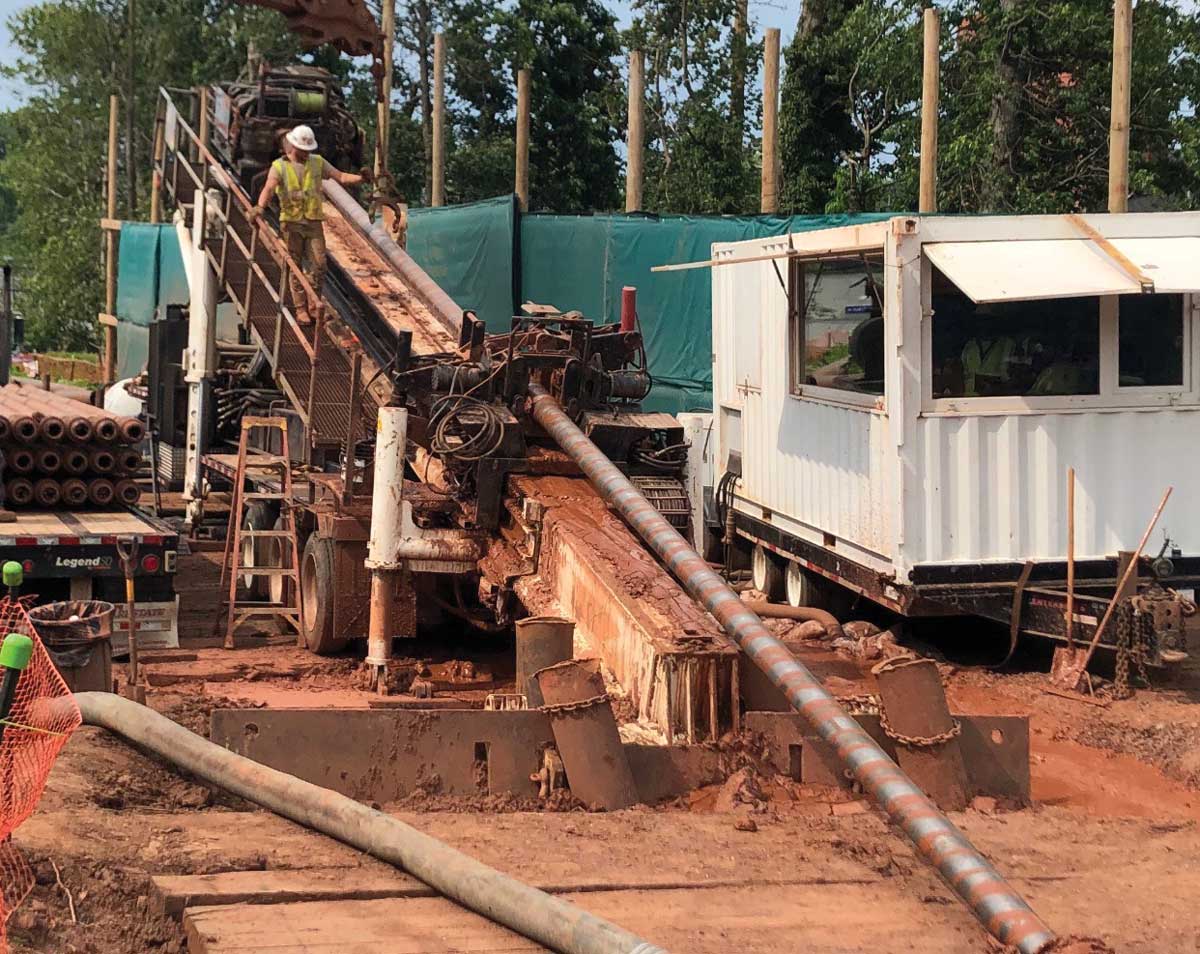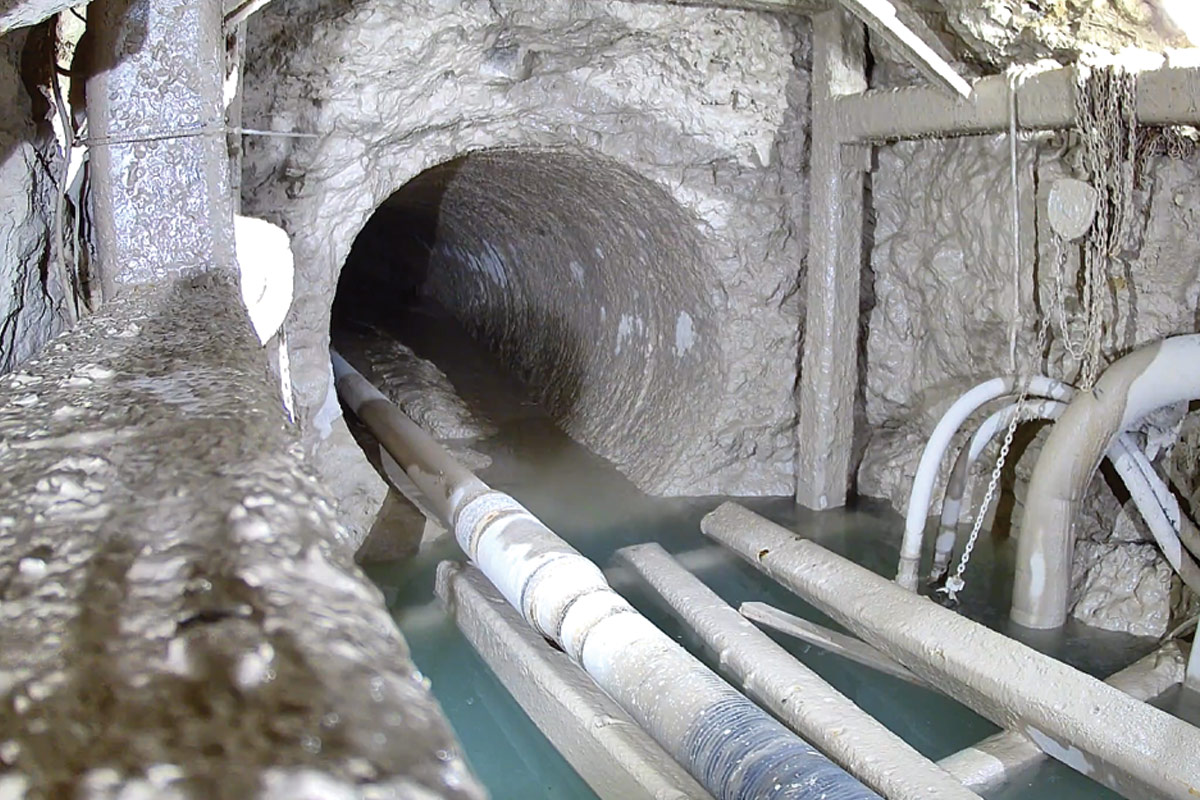
HDD Engineering: The Nuance of Designing Complex HDD Crossings
Trenchless engineers often grapple with the challenge of determining when it is appropriate to deviate from prevailing industry design practices while considering the use of horizontal directional drilling (HDD).
Throughout my 26-year career at J.D. Hair & Associates Inc., I’ve frequently encountered this dilemma. It typically arises when confronted with unique site-specific constraints that demand unconventional or complex design geometries. Although there are many, a few examples include designing an HDD alignment with multiple opposing side bends, using one or more S-curve configurations, or designing at a radius that falls short of the 100 multiplied by the diameter in inches rule. Although technically justifiable, design components such as these may face scrutiny during third-party reviews or, in the worst-case scenario, end up in litigation with an expert witness testifying that the design is deficient.
The engineer is faced with a balancing act of trying to advance the state-of-the-art with creative design solutions, while at the same time reducing risk to the client and taking reasonable precautions not to expose their employer, or themselves for that matter, to unnecessary risk of litigation should there be problems during construction, which often are not even related to the design. As a result, engineers end up taking a conservative approach, and may rule out HDD in cases where it might have been a reasonable solution.
Taking horizontal curves as an example, the prevailing practice is to minimize horizontal curvature wherever possible, or at the very least, restrict it to one direction to avoid S-curve geometry. Compound curvature, where horizontal and vertical curves overlap, is also discouraged. Design practices such as these are not without merit. Horizontal bends can be difficult to drill in some circumstances, such as when passing through very loose or soft subsurface conditions. Depending on the deflection angle, a horizontal bend, or multiple horizontal bends, can also significantly increase the pulling load. Likewise, avoiding compound curves is also a good practice since the overlapping horizontal and vertical curves result in a combined radius that is often about 30 percent less than the radius in each plane, and therefore may have pipe stress ramifications. Generally, shorter and simpler designs are favored to reduce risks for all stakeholders.
However, advancements in pilot hole locating technologies and increasing contractor expertise with difficult crossings involving tight tolerances, have made design elements such as navigating multiple horizontal curves and compound bends fairly common. As industry capabilities expand, distinguishing between a “complex but feasible” and a “complex but inadvisable” design becomes less clear-cut. This distinction is further complicated by the fact that whether a complex design is advisable or not is highly dependent on the expertise and skill of the HDD contractor that will do the work, which may not be known during the design process.
If the HDD contractor is brought in early during the design process, the engineer may be more willing to push the envelope from a design perspective, potentially allowing the state-of-the-art for HDD to expand. That is one of the benefits of early contractor involvement and using alternative project delivery approaches. The engineer and the HDD contractor can collaborate, resulting in a design that best suits the contractor’s preferred means and methods, tailoring the design to facilitate contractor performance and reduce risk. This approach is well-suited for mitigating risks associated with challenging crossings. Alternatively, with traditional design/bid/build scenarios, engineers rely on their experience and judgment to align design decisions with the capabilities of a typical contractor, and therefore may end up wrestling with how far they are willing to stray from a routine design.
A recent example of the latter scenario, where there was deliberation regarding whether to proceed with a moderately complex design, occurred in 2021 on an HDD project for a prominent North American energy infrastructure company. The project entailed the installation of a 20-in. diameter steel pipeline in the urban landscape of the northeastern United States. The HDD crossing followed a high-voltage powerline easement over most of its length of 3,800 ft, passing beneath a residential street, four passenger rails, and a set of freight rail tracks.
Constraints such as lattice towers and existing underground infrastructure, as well as property line considerations, required the alignment to be designed with two opposing 5-degree side bends with one to the right and the other to the left, in an S-curve configuration. One of the curves involved a compound radius. While S-curves are not exceedingly rare, they are not particularly routine. J.D. Hair has been involved with several such designs throughout the years, including a 12-in. diameter installation over 7,000 ft involving two separate S-curves with six horizontal curves total. Although certainly not ideal, the crossing was successful. Consequently, ruling out complex design geometry is not a given.
In the recent project, the horizontal curves involved only 5-degree deflections, and, therefore, were not a grave concern. The compound radius was also not a significant concern since designing with larger radii in each plane alleviated the radius tightening aspect. The greatest concern in this case was the interaction between complex geometry and challenging subsurface conditions. The crossing involved siltstone and shale that exhibited significant fracturing over one-third of its length. Rock Quality Designation (RQD) averaged only 33 percent. Fractured rock can present challenges from an operational standpoint and in some cases can jeopardize the success of a crossing. Fractured rock can also make it difficult to keep the pilot hole within the required tolerances due to steering difficulties.
Assessing the risk of an HDD project like this one can pose a significant challenge. Nevertheless, we made the determination that, despite the atypical nature of the design, it was feasible for experienced contractors and the risk was tolerable. Our analysis of the geological characteristics of the shale and siltstone led us to conclude that it wouldn’t be as formidable a challenge as initially anticipated. This is primarily because these materials are sufficiently soft, allowing broken fragments to be easily ground up by rock tooling, as opposed to forming impenetrable obstructions, as might be the case with stronger and more abrasive materials like granite. In the end, our decision turned out to be a good one, as the 20-in. pipeline was installed with few problems.
In summary, navigating the complexities of unconventional HDD designs presents engineers with a unique set of challenges, particularly when considering project risk and potential litigation. As our industry continues to undertake increasing difficult installations, we often find ourselves at a crossroads where defining what is “complex but feasible” vs. “complex but inadvisable” becomes increasingly nuanced. Early contractor involvement emerges as a potential tool to help bridge this gap but is not the solution that best fits every scenario. Engineers need to remain adaptable and open to atypical designs so the limits of HDD can continue to expand, but at the same time, avoid moving forward with crossing designs that present undue risk, a task that requires experience and sound engineering judgement.
Jeff Scholl, P.E., is vice president of J.D. Hair & Associates Inc.




